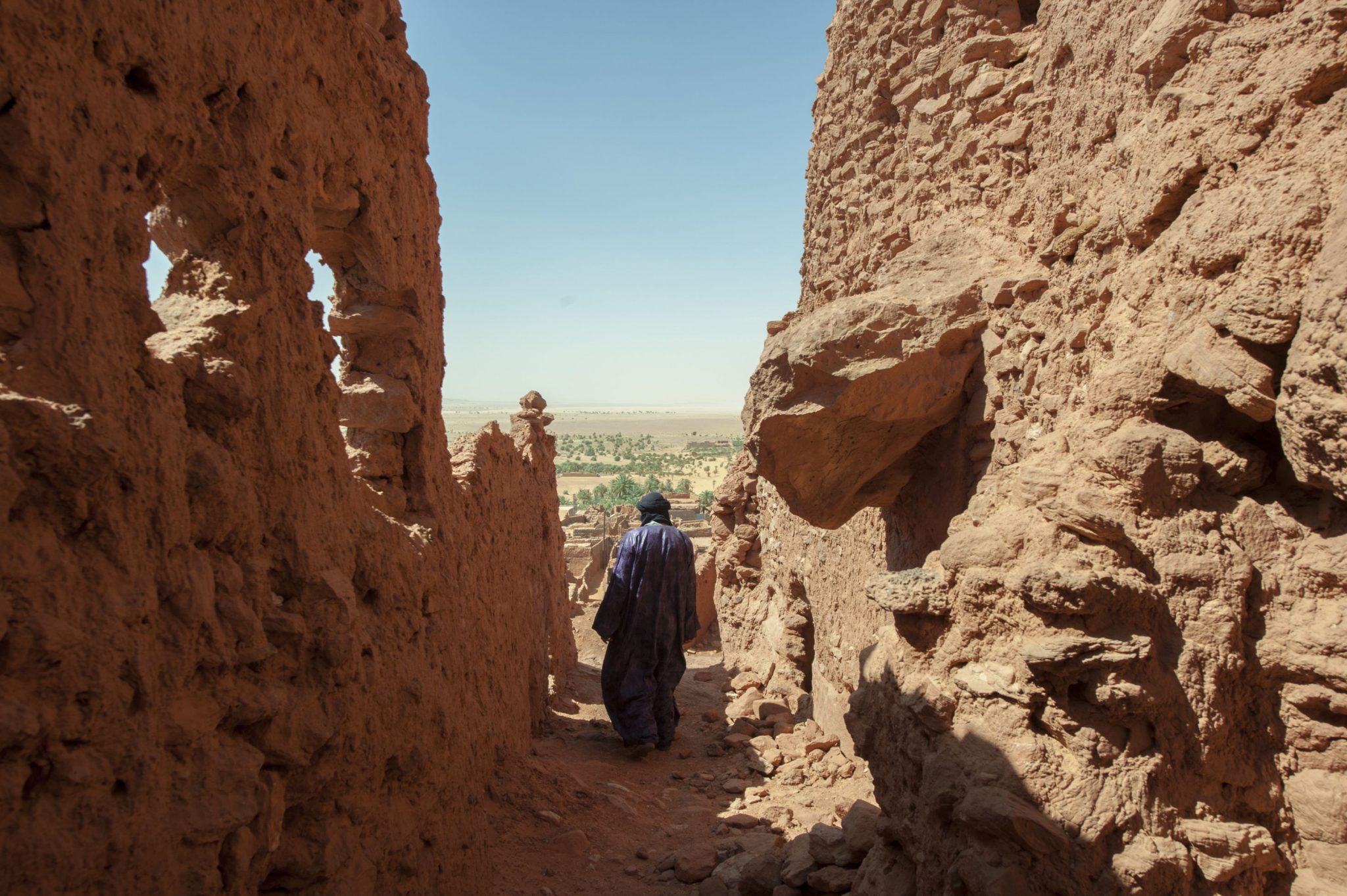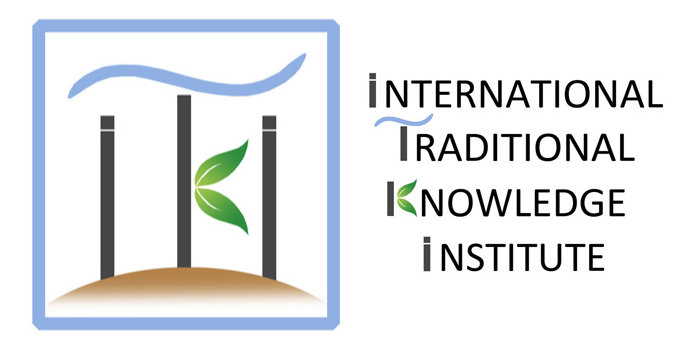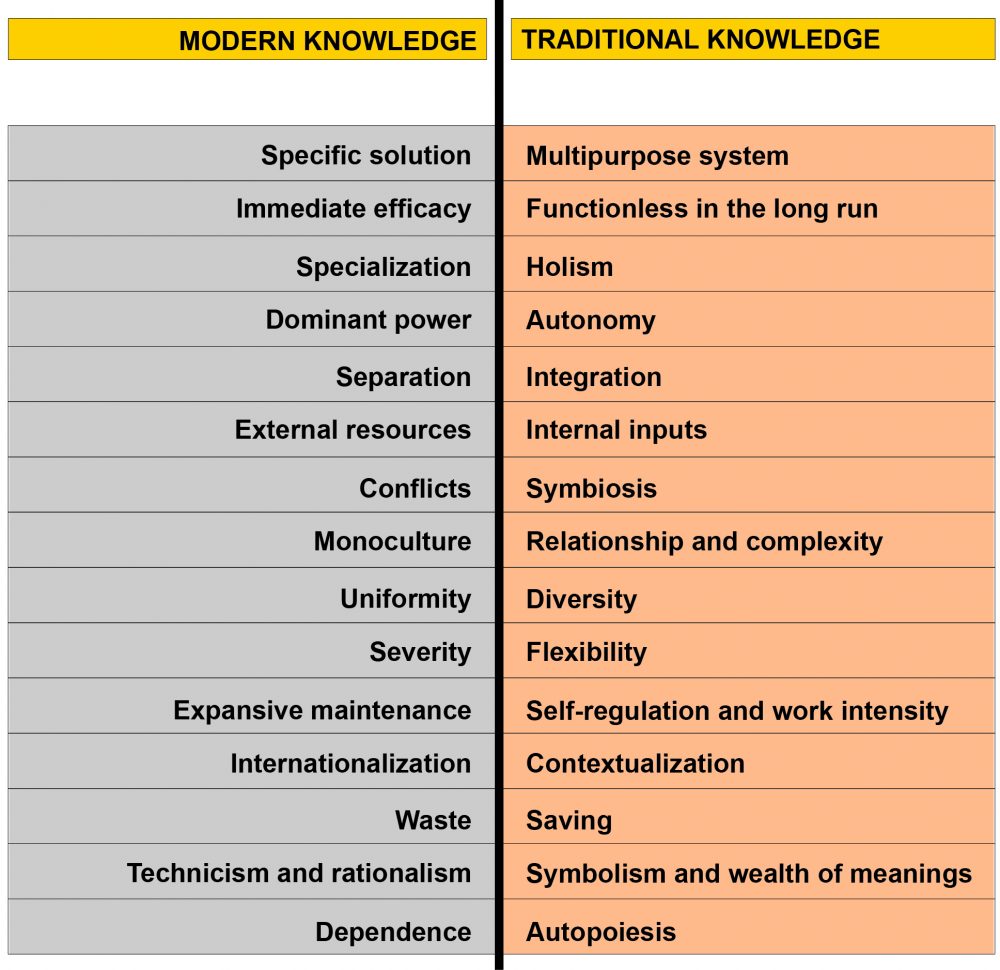WHAT IS TRADITIONAL KNOWLEDGE?
Today, Traditional Knowledge is in danger. Its disappearance would not only lead to the loss of the capability to keep and pass on the artistic and natural heritage, but also of an extraordinary source of knowledge and cultural diversity from which appropriate innovative solutions can be derived.
The cultural and natural heritage is the basis on which the identity of individuals, communities, places, regional and public organisms, continental and intercontinental aggregations are founded. It is a determining component for the recognition and preservation of cultural differences and a prerequisite (premise) for solidarity and global creative exchange.
The achievement and perpetuation of the cultural heritage, both tangible and intangible, and of the landscapes are due to that millenary complex of knowledge and techniques which the United Nations refer to as Traditional Knowledge and which the United Nations’ Convention to Combat Desertification (UNCCD) has defined as follows:

Traditional Knowledge consists of practical (instrumental) and normative knowledge concerning the ecological, socio-economic and cultural environment. Traditional knowledge originates from people and is transmitted to people by recognizable and experienced actors. It is systemic (inter-sectorial and holistic), experimental (empirical and practical), handed down from generation to generation and culturally enhanced.
Traditional Knowledge consists in the techniques and practices of common use on a territory for soil management, use and protection of natural areas, rural and monumental architecture and for organizing urban centres. It is the historical knowledge of humanity that has enabled building architecture and landscapes with a universal value, life and the creation of suitable human settlements in extreme conditionsand that still allows the subsistence of entire populations.
The validity of Traditional Knowledge, variously labelled to emphasize different connotations (like Endogenous Knowledge, Appropriate Technologies, Local Knowledge, Indigenous Techniques, Nature-based Knowledge, Sustainable Knowledge, Folk Knowledge and Cultural Knowledge) , and the use of practices derived from it are recognised by all the international organisms. Reusing Traditional Knowledge has provided attested positive results compared with other technologies. Traditional Knowledge protects the environment, is less polluting, uses resources in a sustainable way, recycles more than its wastes and produces and disposes of all residues in an environmentally acceptable way, more effectively than the technologies it replaces. Its technologies are enclosed in the capability and memory of individuals and groups and have produced solutions, techniques and structures common in each place and landscape. They are often simple works like water catchment systems, terraced slopes, soil protection and agroforestal management practices that are not adequately recognised and protected but which determine the existence and quality of entire ecosystems. They generally have a high level of work and know-how content and a low level of energy consumption.
Reusing them, therefore, has a positive role in increasing occupation and in campaigning against poverty and in the prevention of environmental risks as well as providing a critical contribution for the achievement of the Millennium Goals. Traditional Knowledge does not consist in individual technologies but in a whole system that includes know-how and environmental awareness, appropriate procedures, sensitivity to social cohesion and solidarity, capability in the administration of community resources, services and equipment as well as organizational and managerial procedures and cultural, symbolical and spiritual values. They are therefore strictly connected with the Traditional Cultural Expressions and Folklore and with the intangible heritage, incorporating ethical and civil values.
Today, Traditional Knowledge is in danger. Its disappearance would not only lead to the loss of the capability to keep and pass on the artistic and natural heritage, but also of an extraordinary source of knowledge and cultural diversity from which appropriate innovative solutions can be derived. Therefore, those community principles and traditions that perpetuated the capability to develop the processes of environmental symbiosis and solidarity between cultures would also disappear


